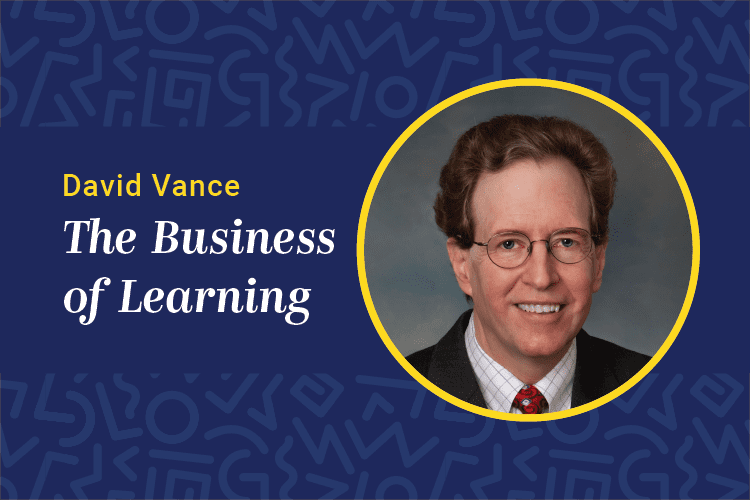The learning department used to be an island, detached from the rest of the organization. In today’s climate, though, the learning department must shed its insularity to become fully entwined with the business, and as a result, the learning leader can no longer be just an educator.
“The person who’s responsible for learning is not just the director of learning [who] stays by him or herself and makes sure that there are courses available and that people take the courses. That’s the old model,” said Claire Schooley, senior industry analyst with Forrester Research and an author of the research brief “Learning Director: Are You Ready for Your New Role?”
“Today, the chief learning officer or the director of learning really needs to be part of the inner executive circle to know what the goals are for the organization, not only presently but also what’s coming down the [line],” she said.
But a seat at the strategic table is not always easy to come by. To gain this, learning executives must display a holistic understanding of the business and learning’s role in that business.
“It may take a while to be part of that inner circle,” Schooley said. “When the executives see that you’re really a part of the organization [and that] you’re not just a learning person, it makes a big difference in being invited into that circle.”
As the role of learning shifts to help support business goals and objectives, so too do the skills that the learning executive needs to be successful in this new environment. The learning leader must be business-savvy, a communicator, an innovator, an integrator and a change agent.
“As a learning person, you’ve got to be an innovator because our world’s changing; our learners are changing,” Schooley said. “Sitting in a classroom is what we know from our early childhood, but it may not be the best way [to learn] all the information that you need to get within a business context. As an innovator, you have to think, ‘What’s the best way to approach this issue? Is it social networking that would be best? Do we need to think about podcasting and blogs?’ You’re constantly thinking of new ways to approach learning.”
Once the learning leader has evolved and commanded the attention of executives, action needs to happen.
“Having a seat at the table is only the beginning because you can hear what’s happening, but then you’ve got to bring that back to your learning group. And you’ve got think, ‘What are we going to do about this?’” Schooley said.
“[For example, if your organization’s] going to buy a couple of other companies, [then] you’re going to have 3,000 more employees. That means [you’ve] got to think of a really different way of getting information to these people or getting training to [them]. Those are the kinds of goals that really have major effects on learning.”











